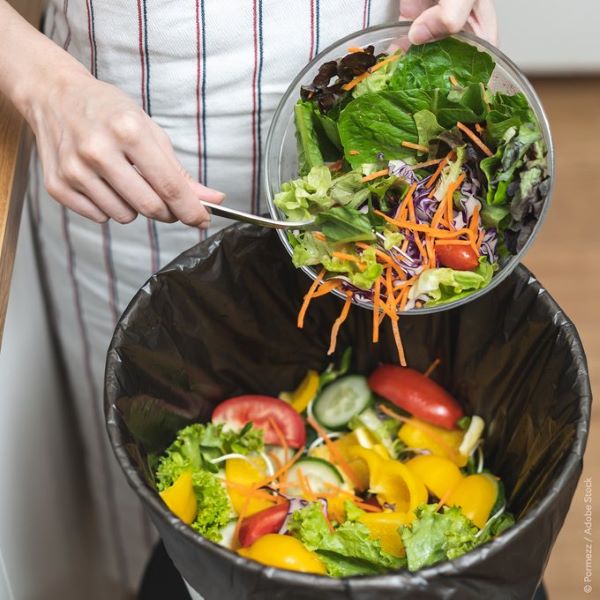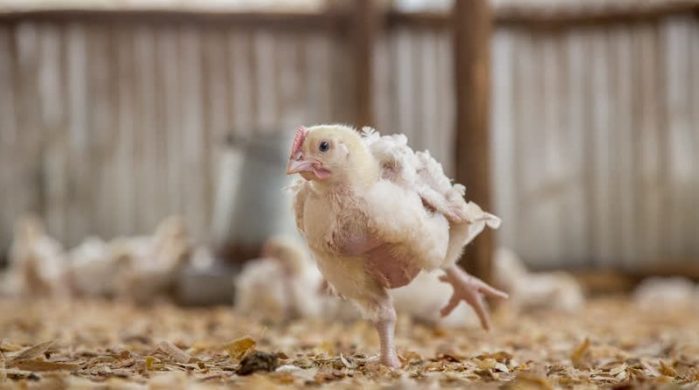Despite South Africans doing all they can to stretch every rand when they buy food, according to Stats SA, the country is wasting about 10.3 million tonnes of food, valued at billions of rand across the production and consumption process, each year. Ensuring your purchases are well-planned and that food is stored and refrigerated correctly is crucial to help maintain freshness for as long as possible – and save money.
The art of ensuring that your food will remain nutritious and safe for your family to eat begins in the store, says Mpudi Maubane National PR, Communications & Sponsorships Manager at The SPAR Group, who points out that there are several basic food rules to follow.
“In neighbourhood stores like SPAR, considerable effort and expense are taken to preserve the ‘cold chain’ to keep food fresh. For produce, meat, and eggs, this means keeping the food in a controlled environment and ensuring that the cold chain remains unbroken, even when foodstuffs are unpacked and displayed at stores.”
However, Maubane says, not all stores are created equal, so it is best to be vigilant to ensure you’re purchasing safe, quality foods. You should never buy:
- Ready-to-eat foods that have been standing uncovered on counters
- Chilled or frozen foods that are outside fridges or freezers
- Eggs with visible cracks
- Takeaways or deli foods which are not steaming hot
- Cans of food that are dented or swollen
- Products in damaged packaging
- Anything where you have doubts about the quality

“While shopping, buying chilled and frozen foods at the end of your trip is best. Get foodstuffs home as soon as possible. If you know that you must drive for more than 30 minutes, try to take an insulated cooler bag or ice packs to the shop with you. Always make sure, too, that hot and cold foods are kept separate.”
Your home fridge – your domestic cold chain – should be at 5°C or below, and the freezer temperature should be below -15 °C. This ensures that foods such as raw and cooked meat, dairy products, eggs and egg products, seafood and stocks, prepared salads (including coleslaw, pasta, and rice salads), fruit salads, and ready-to-eat foods (including pizza, rolls, and sandwiches) remain in a cold zone in which bacteria does not grow.
“It is generally accepted that you should avoid refreezing thawed food, as food that is frozen twice could have high levels of bacteria. Keep defrosted food in the fridge until it is ready for cooking. If using a microwave oven to defrost food, cook it immediately after defrosting,” advises Maubane.
When storing food, it is best to:
- Keep fruits and vegetables separate. As they ripen, fruits release ethylene gas, which can cause vegetables to spoil faster. Follow this rule with potatoes and onions, as they also emit gas. They will last longer if stored in a cool, dark, and dry place.
- Store perishable items like grains, cereals, flour, pasta, and dried fruits in airtight containers to prevent moisture from spoiling the contents (and to protect it from weevils, i.e. little black bugs that infest these types of goods).
- Use plastic wrap, aluminium foil, or reusable wax wraps to cover leftovers and keep them fresh. This prevents them from drying out or absorbing odours from other foods in the fridge.
- Wrap fresh herbs in damp paper towels and put them in resealable bags in the fridge or freeze them in ice cube trays with water or oil.
“The life of many foods can be extended by freezing,” says Maubane. Some ideas include:
- Freeze grated cheese in an airtight container and thaw before use.
- Milk can be frozen and stored for months.
- Break eggs into a bowl and beat until the yolk and egg whites are just about blended and store in an airtight container.
- Vegetables such as mushrooms, avocados, spinach, beans, carrots, and broccoli can all be frozen. If they have a high-water content, like avocados, it’s best to puree, sauté, stew, or make them into freezer-friendly meals before freezing.
- Cooked rice can be frozen, but it should be packed into a microwavable container, allowed to cool, and sealed before being put into the freezer. It should be reheated before eating.
- Slightly under-cooked pasta is best for freezing. This prevents it from turning starchy when you reheat it.
- Bananas without their skins freeze well.
- Butter, wrapped in aluminium foil, wax wrap, plastic freezer wraps or a container freezes well.
- Blitzed tomatoes in sealed containers means that sauce is available whenever needed.
- Bread in the freezer means having a supply ready to toast when wanted.
“Of course, many foods shouldn’t be frozen. This list includes most soft cheeses, mayonnaise, and sour cream,” says Maubane, pointing out that most packaged items list the proper handling procedures. “Take note of ‘use by’ dates and follow the “first in, first out” rule. Using the older items in your fridge and freezer before more recently bought items will prevent wastage and food spoiling. Saving money, keeping food fresh and giving your family the best food can require a little planning and thought, but the savings will be worth it.”
“Starting your selection at quality stores like SPAR means that freshness and quality are guaranteed- a good start on any fresh food journey,” concludes Maubane.









